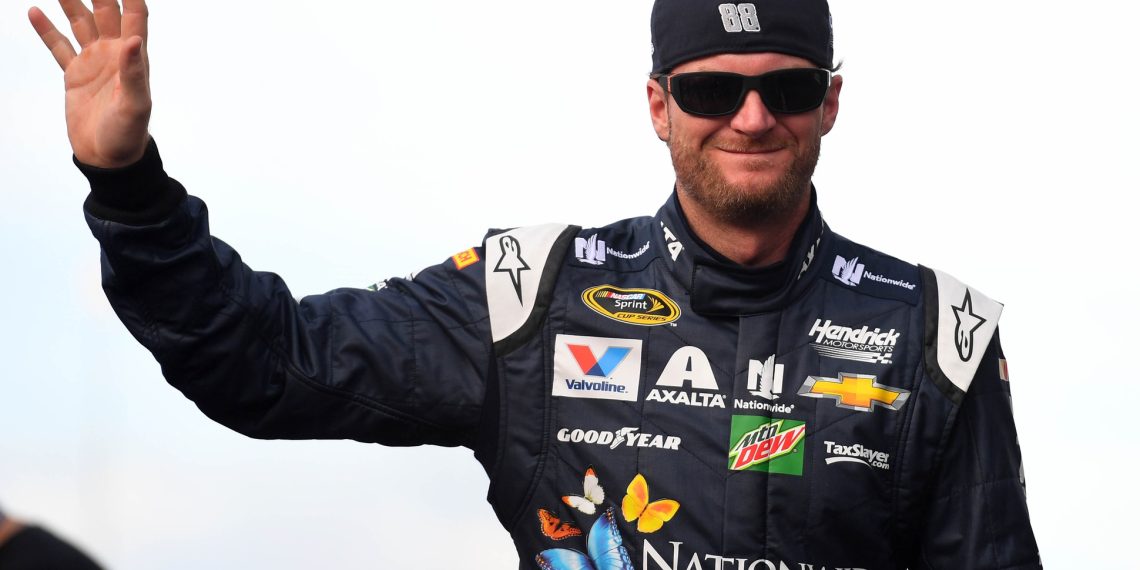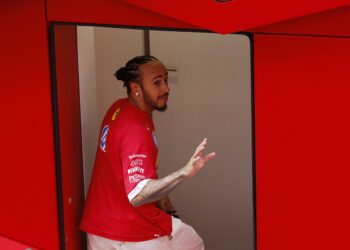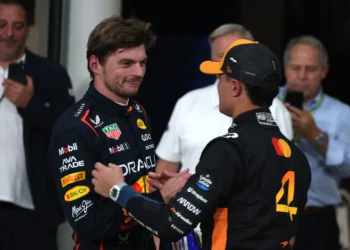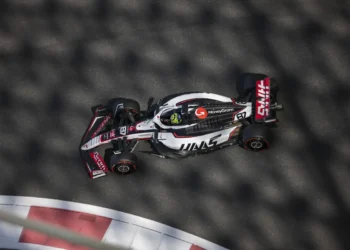For Dale Earnhardt Jr., NASCAR wasn’t just a career—it was in his bloodline. As the son of the legendary Dale Earnhardt Sr., Junior carried the weight of expectations and a passion for racing that fueled 26 Cup Series wins, two Daytona 500 victories, and a legacy that made him one of the sport’s most beloved figures. But behind the high-speed success, a silent battle was unfolding—one that ultimately ended his racing career far too soon.
Speaking on the latest episode of The Dale Jr. Download (DJD), the NASCAR Hall of Famer peeled back the curtain on his struggles with concussions, revealing just how much they derailed his career and forced him to walk away from competitive racing in 2017.
“I Didn’t Think It Was a Big Deal” – The Early Years of Concussions
Dale Jr. entered NASCAR’s top level in 2000, making an immediate impact with his aggressive driving style and charismatic personality. But long before he became a household name, he suffered crashes that should have raised red flags.
“When I was young, I had concussions and crashes, and I rang my bell—we’d call it that—but I didn’t think they were a big deal,” Earnhardt recalled.
One of his earliest major crashes came in 1998 during an Xfinity race at Daytona. He flipped, hit his head on the door top, and experienced dizziness. At the time, he shrugged it off.
“I got dizzy and thought it was funny.”
That reckless mindset—one common among young drivers—allowed him to brush aside what would later snowball into a serious health crisis.
The Crashes Piled Up—And the Symptoms Did Too
Over the years, Earnhardt took several hard hits, many of which he didn’t even realize were affecting him. But as he got older, the signs became impossible to ignore.
“There were other crashes where I was probably messed up and didn’t even know it. But when I got older, it became easy to tell when there was a problem.”
The turning point came in 2012 after a crash at Kansas. Unlike past wrecks, he couldn’t shake the effects this time. When symptoms persisted, he finally sought medical help. Doctors assigned him therapy exercises to repair the damage, but he pushed forward with his career—despite knowing his brain was no longer the same.
2016: The Crash That Changed Everything
By 2016, Earnhardt was a seasoned veteran, but another crash—this time at Michigan International Speedway—brought his struggles to a breaking point.
At first, he tried to tough it out, assuming his symptoms would disappear. But as dizziness, confusion, and balance issues persisted for weeks, he realized this wasn’t just another knock to the head.
Doctors sidelined him for six months, forcing him to miss half the season. It was the first time he fully accepted that his brain wasn’t recovering the way he had hoped.
“I needed to get away because of personal health. My body was struggling. Just went down that path, and I couldn’t fix it.”
When he returned in 2017, it wasn’t to chase another championship—it was a farewell tour, a way to thank fans before officially walking away for good.
The Dark Side of NASCAR: Brain Injuries Aren’t Always Visible
Earnhardt’s story highlights a major issue in motorsports—brain injuries often go unnoticed until it’s too late. Unlike broken bones or visible wounds, concussions mask their true severity. Many drivers feel fine at first, only to realize later that something is off.
“There have been other racers who have crashed and said, ‘Man, I felt fine, totally fine.’ But then they got out there, and something happened, and they realized, ‘Oh, that’s not right.’”
For Earnhardt, his vestibular system was damaged, affecting balance and spatial awareness. The symptoms became so severe that after one crash, a parked car appeared to be moving, proving just how much his brain had suffered.
“It was a wake-up call that forced me to prioritize my health over racing.”
Dale Jr.’s Legacy: Still Making an Impact in NASCAR
Though his driving career ended, Earnhardt never left the sport. He transitioned into broadcasting and team ownership, remaining a key figure in NASCAR through JR Motorsports.
Today, he continues to advocate for driver safety and helps educate younger racers on the dangers of ignoring concussions. His honest reflections serve as a warning—and a lesson—for the next generation of NASCAR stars.
While fans will always wonder what could have been if Dale Jr.’s career lasted longer, his health and well-being come first. And by sharing his story, he ensures that future drivers won’t have to suffer the same fate.
🏁 Dale Earnhardt Jr. may not be on the track anymore—but his impact on NASCAR will never fade.










